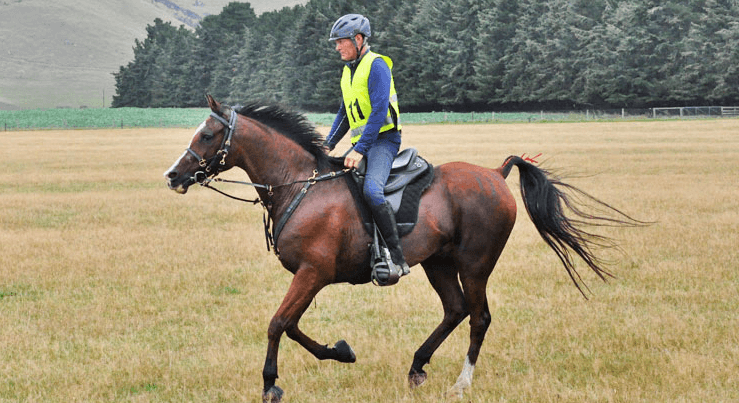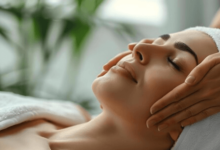
How can I train for an endurance riding race?
Endurance riding is not just a sport; it’s a comprehensive test of stamina, strategy, and symbiosis between horse and rider. Embarking on the journey to train for an endurance riding race involves more than just long rides. It requires a dedicated approach to physical fitness, mental resilience, proper nutrition, and an understanding of your equine partner. This article explores the multifaceted aspects of training for an endurance race, providing insights and strategies to help you reach the finish line.
Preparing Your Body
Physical fitness is the cornerstone of endurance riding. A rider needs to have the stamina to withstand hours in the saddle, navigating diverse terrains. Begin with cardiovascular exercises such as cycling, swimming, or running to improve heart health and endurance. Incorporate strength training, focusing on the core, legs, and arms to maintain balance and control during the ride. Flexibility exercises, including yoga or stretching routines, are crucial for preventing injuries and enhancing your ability to move seamlessly with your horse.
Nutrition plays a pivotal role in your training regimen. A balanced diet, rich in carbohydrates, proteins, and healthy fats, fuels long training sessions and aids in recovery. Stay hydrated, and adjust your nutrition based on training intensity and duration.
Training Strategies for Endurance Riding
Developing a customized training plan is essential. Start with moderate distances, gradually increasing the length and intensity of your rides to build stamina and acclimate your horse to the rigors of endurance racing. Include cross-training activities like hiking or biking to prevent burnout and improve overall fitness levels.
Understanding Your Horse
Selecting the right horse for endurance racing goes beyond physical capabilities; temperament and the ability to endure long distances are key. Regular veterinary check-ups, a nutritious diet, and consistent training are non-negotiable to prepare your horse for the challenges ahead. Learn to read your horse’s cues and understand its limits to prevent overtraining and injuries.
Riding Gear and Equipment
Investing in high-quality riding gear and equipment ensures both comfort and safety for rider and horse. A well-fitting saddle, appropriate riding attire, and protective gear for your horse are imperative. Research and select equipment designed for endurance riding to enhance performance and prevent common injuries.
Mental Preparation
Endurance riding is as much a mental challenge as it is physical. Techniques such as visualization, goal setting, and stress management can improve focus and resilience. Cultivate a positive mindset and embrace the journey, focusing on the bond with your horse and the personal growth that comes from overcoming obstacles.
How Can I Train for an Endurance Riding Race?
This central question underscores the importance of a holistic approach to training. It emphasizes the need for a well-rounded regimen that encompasses physical preparation, mental toughness, and a profound connection with your horse. Tailor your training to address these areas, setting realistic goals and gradually building up to race conditions.
FAQs
How do I start my endurance riding training? Begin by establishing a base level of physical fitness and gradually introduce your horse to longer rides. Focus on building stamina, strength, and flexibility, both for yourself and your horse.
What should I feed my endurance horse? A balanced diet rich in energy sources like quality forages and grains, adequate protein for muscle repair, and electrolytes to replace what is lost during exertion. Consult with a veterinary nutritionist to tailor a diet to your horse’s specific needs.
Conclusion
Training for an endurance riding race is a rewarding yet demanding endeavor that tests the limits of both horse and rider. By adhering to a comprehensive training strategy that includes physical conditioning, mental preparation, and proper nutrition, you can enhance your performance and enjoy the journey. Remember, the key to success in endurance riding lies not just in crossing the finish line but in the resilience, partnership, and personal growth developed along the way.



